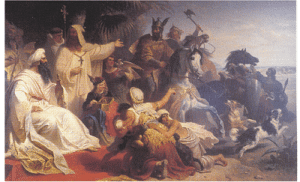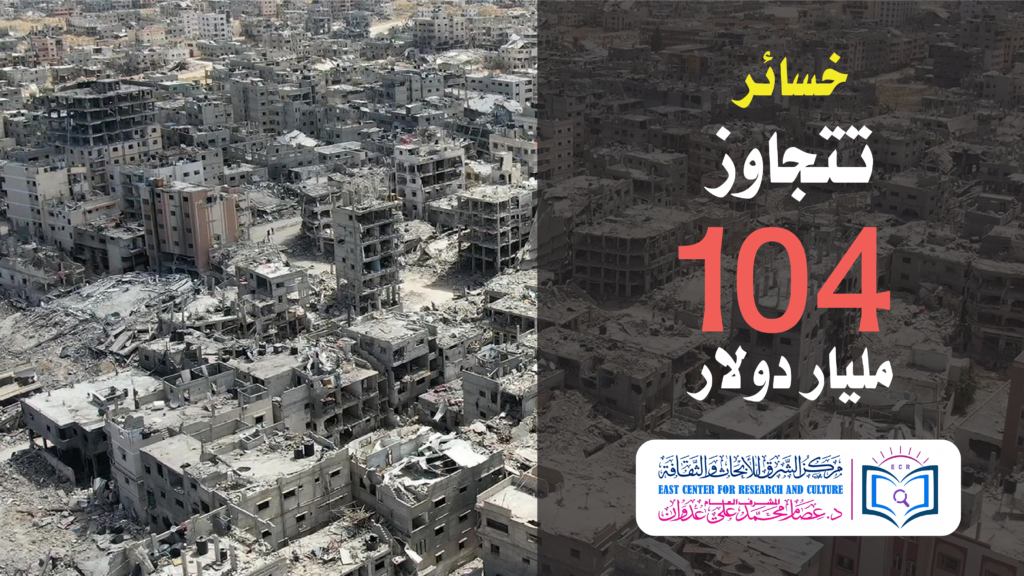Jerusalem lecture in the Abbasid era
(Video lecture below)
Jerusalem during the reign of the Abbasid caliphs
With the arrival of
the Abbasids
In (750 AD), the city of Jerusalem received increased attention compared to other cities because of the presence of Islamic sanctuaries in it, foremost of which is the Al-Aqsa Mosque and the Dome of the Rock Mosque.The second Abbasid Caliph Abu Jaafar Al-Mansur visited it twice, the first after his return from Hajj 758 AD, in which this caliph ordered the reconstruction of the Al-Aqsa Mosque, which parts of its eastern and western parts were destroyed as a result of an earthquake in the city in 748 AD. When the Caliph al-Mansur found that repairing al-Aqsa Mosque required a large amount of money, he ordered the gold and silver plates that were at the gates of the mosque to be removed, so they were taken off and the dinars and dirhams spent on the mosque were beaten. Caliph al-Mansur visited Jerusalem again in 771 AD, followed by his successor al-Mahdi in 778 AD, who ordered major repairs in the Al-Aqsa Mosque and increased its width and decreased its length after suffering a second earthquake in 771 AD.
-
Jerusalem during the reign of Caliph Harun al-Rashid (776-808 AD)
The period of Caliph Harun al-Rashid is the most important period of Abbasid history for the city of Jerusalem, Both internally and externally through the relationship with the Holy Roman State, which was in contact with the Christians in Jerusalem.
In the caliphate of Al-Rashid 792 AD, Palestine , including Jerusalem, witnessed strife and events between Al-Qaysiyah and Yemen, which killed large numbers of people, and these strife were repeated between Qais and Yemen 796 AD, which called Harun Al-Rashid to send Jaafar Al-Barmaki to the Levant to eliminate the tribal conflict, He was eventually able to impose security and people’s obedience to him.

Imaginary drawing of Harun al-Rashid receiving Charlemagne’s delegation by Julius Curket 1846
The period of the caliphate of Harun al-Rashid witnessed a good relationship between the Islamic state and the Holy Roman Empire led by Emperor Charlemagne, This relationship was helped by the correspondence conducted by the patriarchs of the city of Jerusalem with Charlemagne, which had the best impact on the Christian inhabitants of the city, who increased the interest of the Muslims in them and granted them new privileges. A group of monks were allowed to establish new religious and social institutions in Jerusalem to serve pilgrims there, Such as the establishment of a lodge on the
Mount of Olives
and the construction of a library and Bimaristan (hospital) to take care of Christian pilgrims who come to visit Jerusalem.
Harun al-Rashid treated all Christians in the Islamic state well. It was customary in the days of this caliph for Christians to go out on Easter day in a large procession carrying crosses in their hands, They were allowed to practice their religion freely.
But at the same time, Christians had to abide by the consequences imposed on them by Islam, Therefore, Harun al-Rashid obligated them to wear sashes and to have their shackles multiplied and to disagree with the Muslims in their appearance in their dress.
Jerusalem during the reign of Caliph al-Ma’mun:
During the reign of this caliph, the holy city in the early ninth century AD was subjected to an earthquake that demolished the Al-Aqsa Mosque and the Dome of the Rock Mosque. In 825, al-Ma’mun ordered its reconstruction and extensive repairs to other religious buildings in Jerusalem. The reform processes included the replacement of the name of the Caliph Abdul Malik bin Marwan the real builder of the mosque with the name of the Caliph Al-Ma’mun, However, that was discovered, Because the date of the foundation of the mosque remained the same in 72 AH / 691 AD.
It is written to Caliph al-Ma’mun that he gave the Christians in Jerusalem permission to allow them to carry out the necessary repairs in the Church of the Holy Sepulchre.
Source / Jerusalem History Course – Al-Quds Open University
Follow now the lecture of Jerusalem in the Abbasid era







